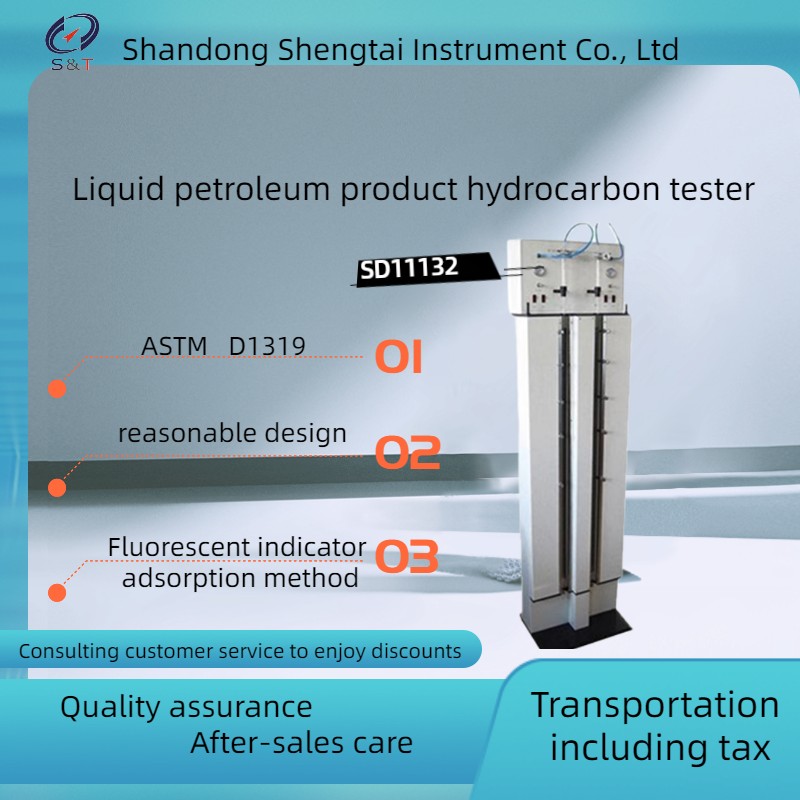The significance of hydrocarbon content measurement is to evaluate the quality of fossil fuels such as oil and natural gas. Hydrocarbon content measurement can quantitatively analyze the content of various hydrocarbons in oil and natural gas, in order to evaluate their quality and applicability.
Petroleum hydrocarbons are one of the widely present organic pollutants in the environment, including gasoline, kerosene, diesel, lubricating oil, paraffin, and asphalt. They are a mixture of various hydrocarbons (n-alkanes, branched alkanes, cycloalkanes, aromatics) and a small amount of other organic compounds, such as sulfides, nitrides, naphthenic acids, etc. With the development of the economy, human demand for energy continues to expand, and oil has become one of the most important energy sources for humanity. In the process of oil extraction, processing, and utilization, more and more oil may enter the soil environment and ocean, causing pollution and damage to the soil environment and ocean water quality Once excess Total petroleum hydrocarbon enters the soil, it will be difficult to eliminate it, which will cause serious harm to society, economy and human beings. However, when excess petroleum hydrocarbon enters the sea, it will gather in marine organisms, enter the human body with the food chain, and endanger human health.

The SD11132 liquid petroleum product hydrocarbon analyzer is designed and manufactured in accordance with the requirements specified in the People's Republic of China standard GB/T 11132-2022 "Determination of Hydrocarbons in Liquid Petroleum Products (Fluorescent Indicator Adsorption Method)" ASTMD1319. It is a specialized instrument used to determine the volume fraction of aromatic hydrocarbons, olefins, and saturated hydrocarbons in petroleum fractions. Using imported adsorption columns, silica gel, and indicators; Dual independent vibration device, standard ultraviolet light source.
Method Summary
Take approximately 0.75ml of the sample and inject it into a glass adsorption column containing activated silica gel. In the separation section of the adsorption column, a thin layer of silica gel containing a mixture of fluorescent dyes is installed. After all the samples are adsorbed on the silica gel, an alcohol desorption sample is added, and the sample is pressurized down the column. The various hydrocarbons in the sample are separated into aromatic hydrocarbons, olefins, and saturated hydrocarbons based on their adsorption capacity. Fluorescent dyes are also selectively separated from hydrocarbons, making the interfaces of various hydrocarbon regions clearly visible under ultraviolet light. Calculate the volume fraction of each hydrocarbon based on the length of each hydrocarbon color band area in the adsorption column



